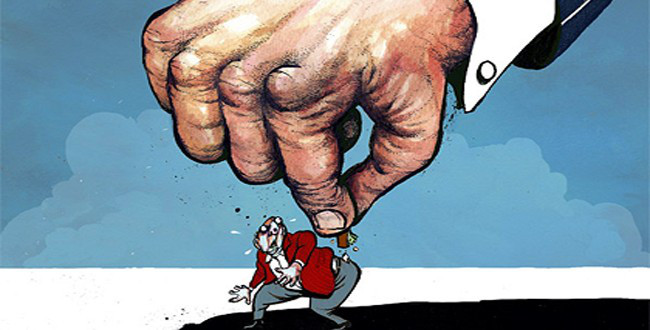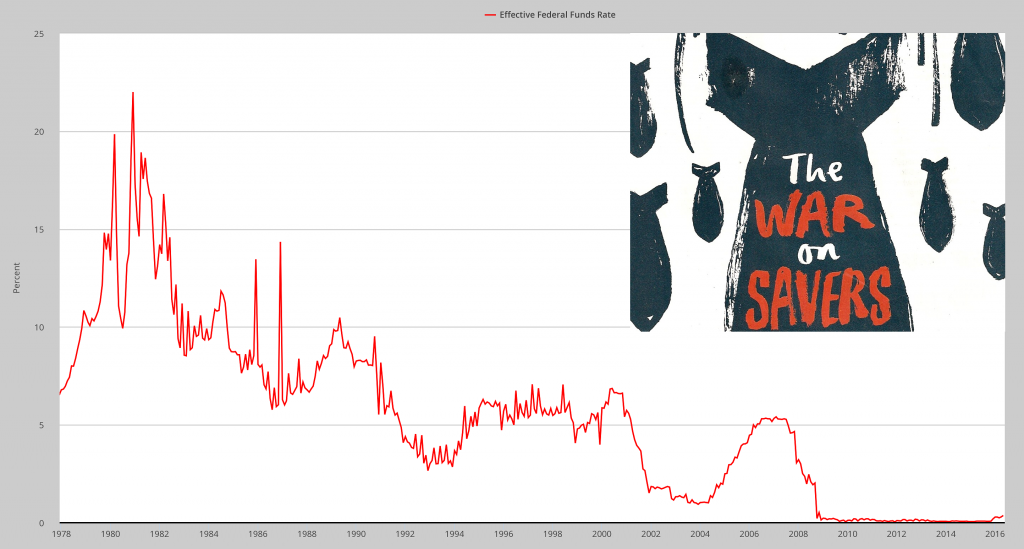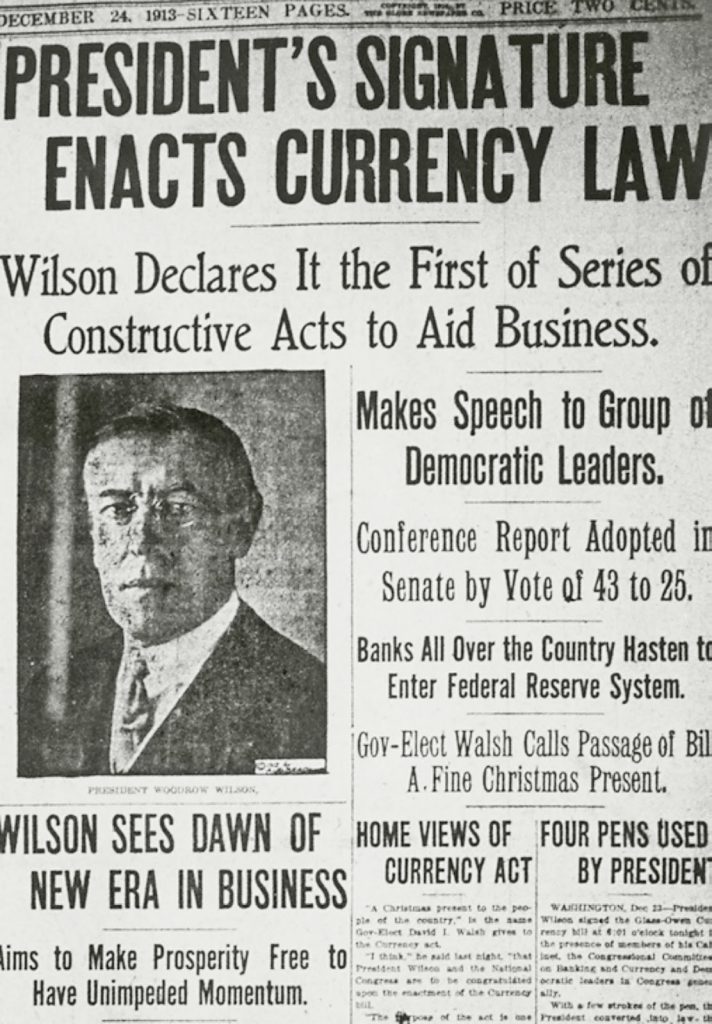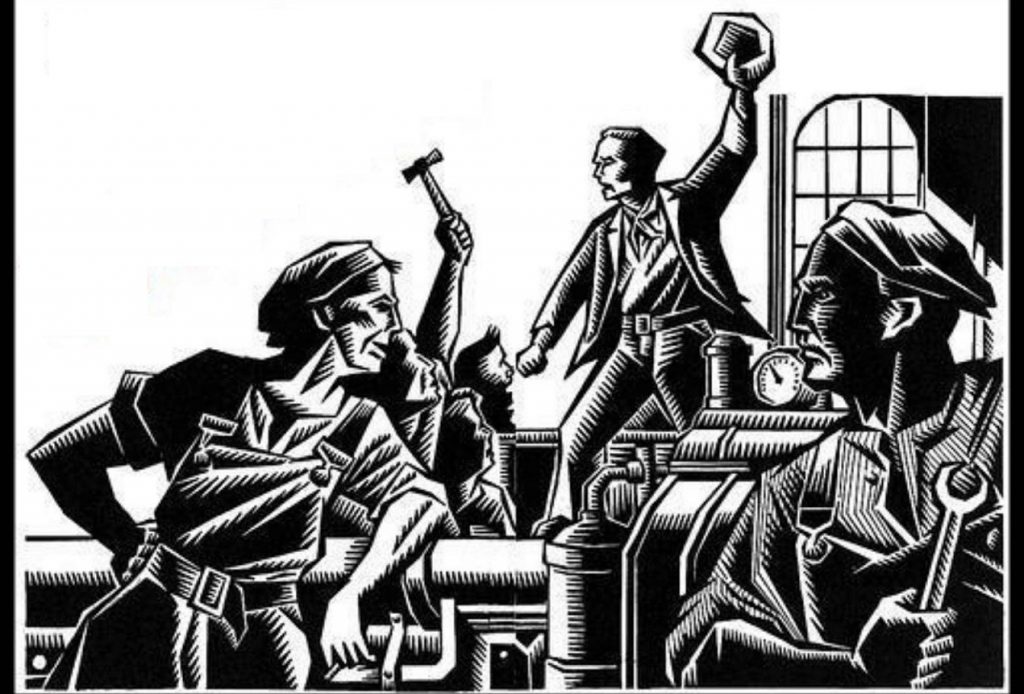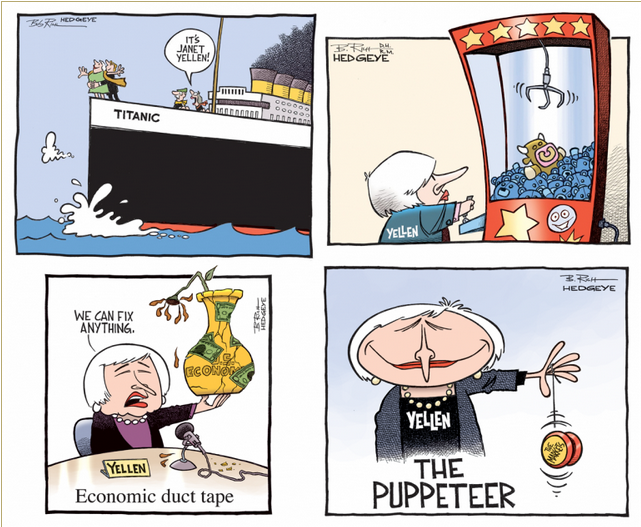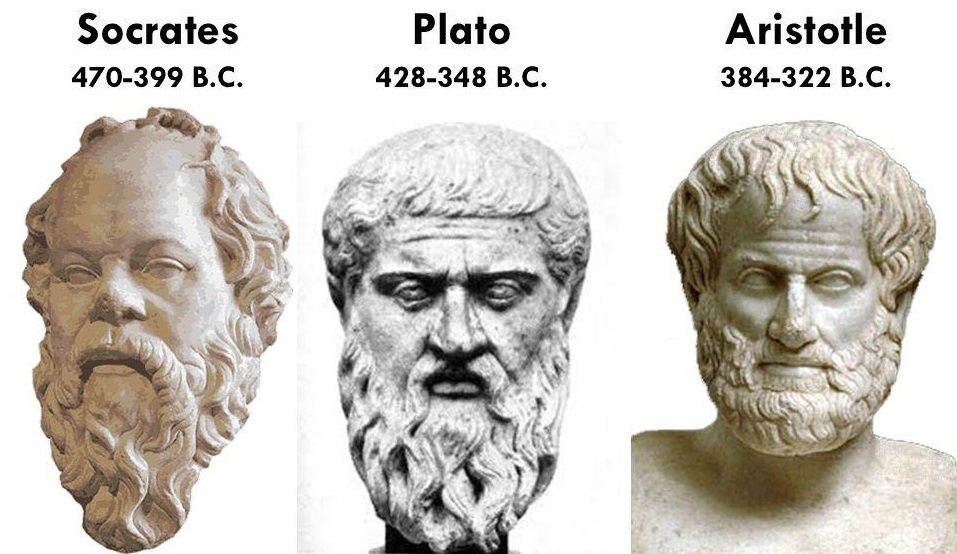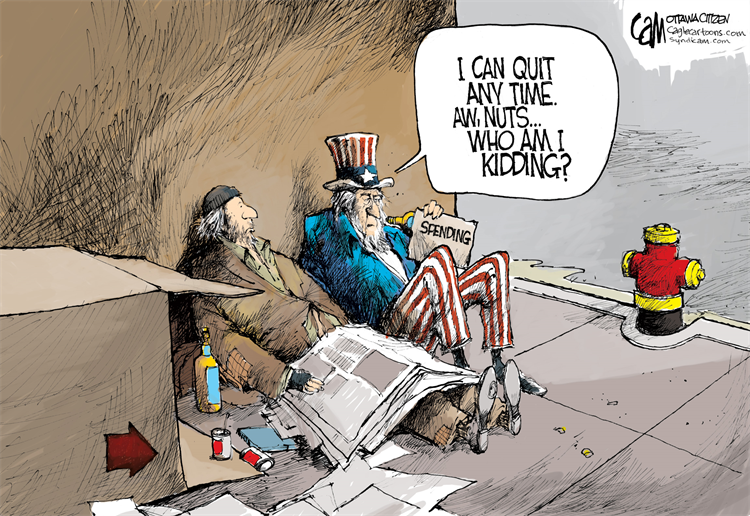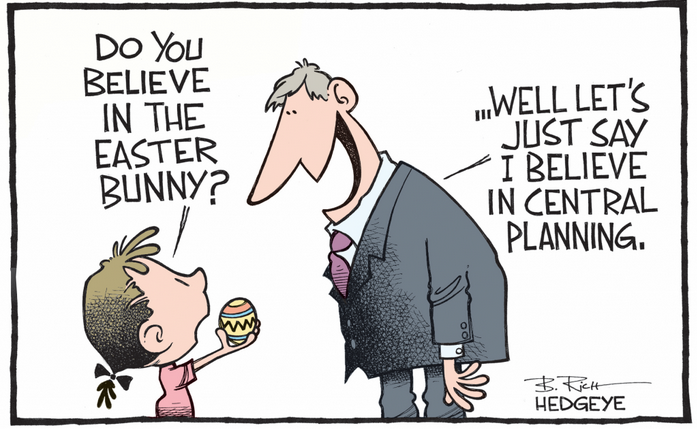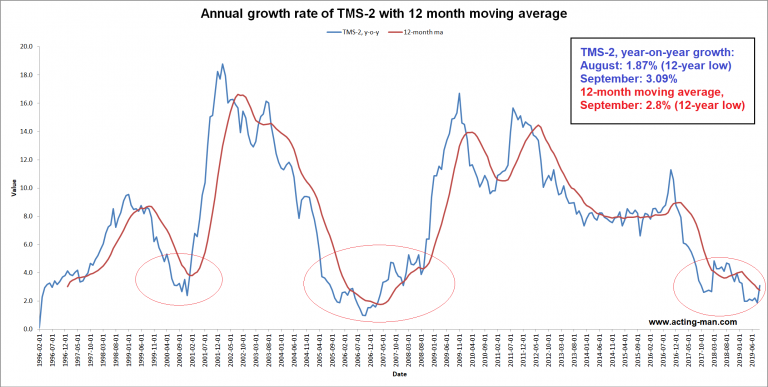Illusory Riches, Obvious ImpoverishmentI address this essay to two groups. One group is those among the liberty movement, who believe that there’s nothing wrong with inequality. These are often Objectivists, who unknowingly defend a regime that artificially suppresses working people. The other group is those among the Left who still call themselves liberals. They say they don’t like inequality, but nevertheless continue to support this regime, and they often demand more of its interventions. I am talking, of course, about our regime of the Federal Reserve and its zero-interest policy. I have written before about how falling interest rates have pushed up the prices of stocks, bonds, and real estate (also artwork, antique cars, etc.) This is seemingly good for those who own capital assets (it’s not, but go try to tell someone it’s not good that his house doubled in price). At the same time, falling interest causes falling wages if not mass layoffs. In other words, the Fed drives down interest. This drives up asset prices and drives down wages. The minority who own assets seemingly get richer (an illusion) and everyone else suffers. |
|
War on SaversThat is not the only way that falling interest rates cause inequality. Nor is it the only way that it targets certain groups for greater harm than it brings to others. Consider that zero interest makes it impossible to save. I don’t mean hard to save. I don’t mean excuse-making for lazy people who don’t plan for their future. I mean impossible in the full context. Let me explain. When I started my career in 1990, the standard advice was to set aside 10% of your salary and put it in the bank. By the time you reached 65, you would have a big nest egg. The key to this strategy was earning interest. Every bank had brochures showing that by age 65 most of your nest egg would be the accumulation of compounded interest. |
War on savers |
| Let’s put it in human terms. Suppose you’re a young worker, just starting out. You make the median income of $52,000 a year. You set aside 10% of your gross paycheck before tax. Over 45 years, your salary set-aside adds up to $234K.
Back in 1990, a 1-year Certificate of Deposit paid 8.1 percent. At this rate, you would have about $2.4M by the time you retired at age 65. Over 90% of that total is the compounded interest. However, today, the same 1-year CD yields less than ¼ percent. At this scant rate, you can expect to have only $246K. Over your entire career. Of that sum, just $12,000 is interest. Let that sink in. Needless to say, $246K is not enough to live in retirement. If you can’t keep working, you’re going to have to go on the dole. And this leads us to an under-appreciated point. Newspaper headline announcing one of the worst ideas ever. The “currency law”, a.k.a. “constructive act to aid business”, refers to the Federal Reserve Act, which was passed and signed one day before Christmas 1913. Not only was a very odd date chosen to push the bill through Congress, but apparently newspapers wouldn’t even call the law by its proper name in their headlines. |
|
Blue Collar Workers in TroubleBusiness consultants, writers, deal makers, and many other white-collar professionals can easily continue to work for 10 or 20 years past the conventional retirement age. So long as you’re healthy, why not keep working? Aside from the money, it gives you something to do, keeps your mind engaged, and you’re contributing to society. However, there are many jobs in which you cannot keep working. Think about brick layers, plumbers, and roofers. These jobs both take a toll on the body and demand more than most 75-year olds can give. |
|
| Whereas a business consultant may continue to grow his network and expertise even as he gets older, a worker in a physical job is slowing down as well as wearing out.
There is never a good reason for government to intervene and attempt to prevent people from experiencing the consequences of their actions (whether good or bad). Many of those crying about income inequality, just use it as a rationalization to move America down the socialist road. That said, there is an inequality problem. It is not due to lack of government intervention, as the socialists would have you believe. It cannot be cured by yet more taxes and interventions. Its cause is intervention. I refer to the most pernicious and least-appreciated kind of intervention: |
Monetary policy.
Chart by St. Louis Federal Reserve Research
Chart and image captions by PT
Full story here Are you the author? Previous post See more for Next post
Tags: Human Condition,newslettersent,On Economy,On Politics









